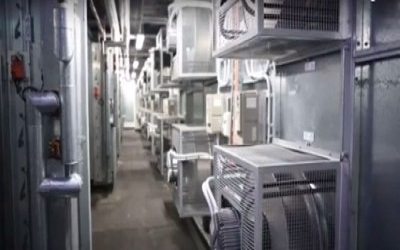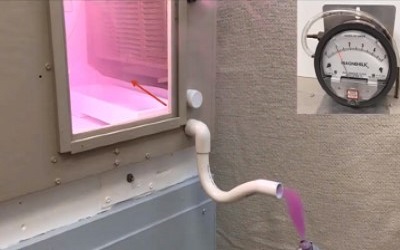Go natural with carbon dioxide heat pumps!
Go natural with carbon dioxide heat pumps!
Like all other mechanical machinery, lubrication is vital for smooth operation. It includes the refrigeration compressors. The oil and refrigerant mixture may be between 5 to 40 wt%. On the other hand, oil in the refrigeration system lowers its heat transfer efficiency as it is a needed ‘contaminant’. It is critical oil and refrigerant is miscible so that oil is not accumulating in any part of the refrigeration circuit and return to the compressor.
Unlike chlorofluorocarbon (CFC) and hydrochlorofluorocarbon (HCFC) refrigerant; mineral oil is not miscible with hydrofluorocarbons (HFC) refrigerants. HFC needs synthetic ester lubricants. However, synthetic ester lubricants have lower lubrication properties due to the lack of chlorine in HFC compared to mineral oil in chlorofluorocarbon (CFC) refrigerants.
In the early days, refrigerants used were ammonia, methyl chloride, methyl ether, carbon dioxide, sulphur dioxide, dichloroethene, and a mixture of petrol naphtha also know as chemogene. These refrigerant are either flammable, toxic or both. Carbon dioxide though not toxic nor flammable, its working pressure is too high! The invention of CFC refrigerants solved the pressure and toxicity issues in 1930. However, it was destroying our ozone layer. The first non-chlorinated refrigerant, R134a, introduced in the late 80s was not miscible with mineral oil. Hence the need for synthetic oil and polyesters (POE) was the most suitable replacement for use with HFC refrigerants. It is to reduce wear which may otherwise shorten bearing life in the compressor.

